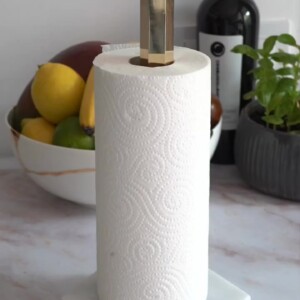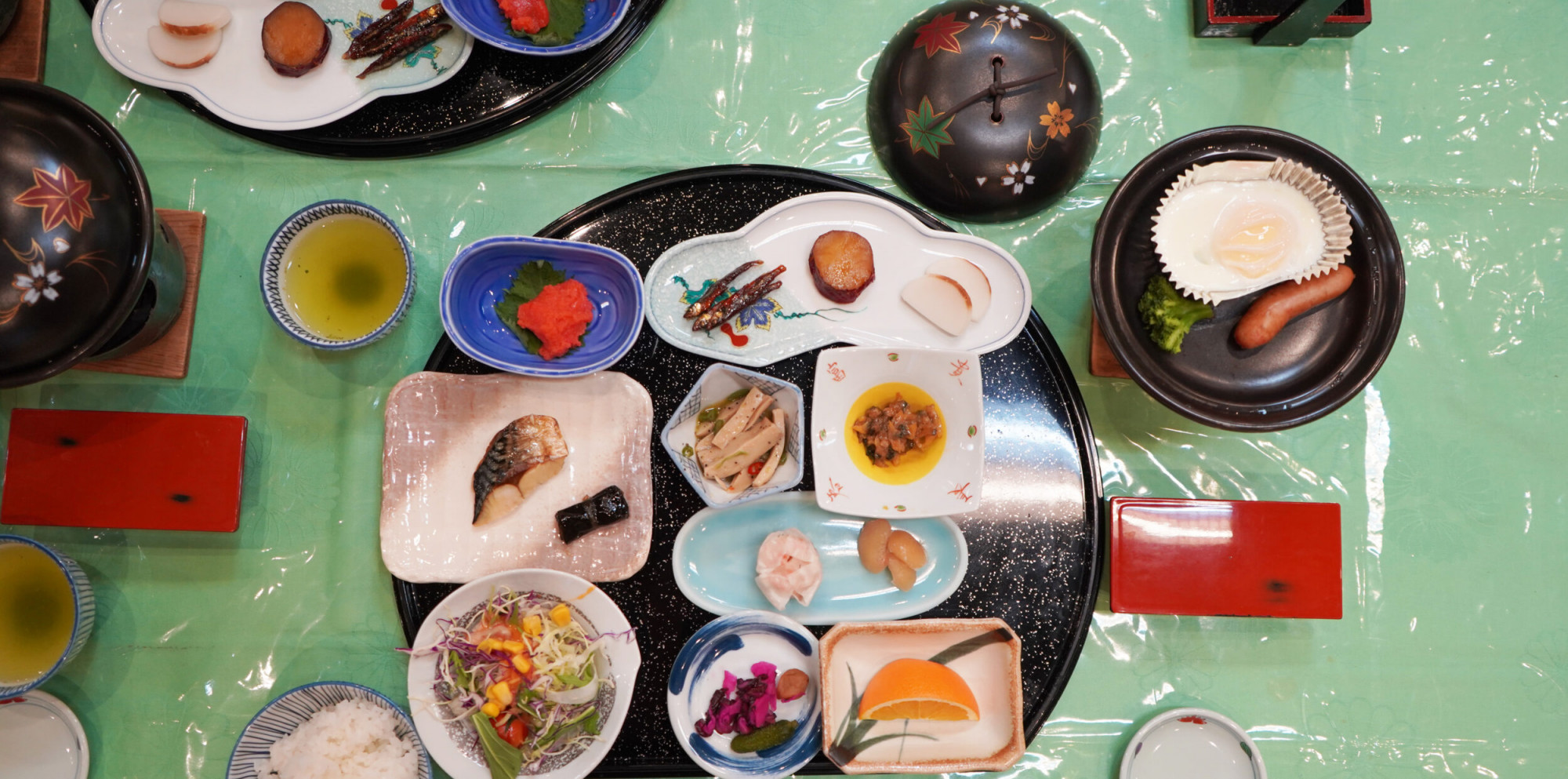Chopsticks, more than mere utensils for eating, are cultural artefacts that reflect the deep-rooted traditions and customs of the societies that use them. In East Asia, particularly in Japan, China, and Korea, chopsticks are not only integral to dining but also vary significantly in design, material, and usage, mirroring the unique aspects of each culture. This article delves into the fascinating world of chopsticks, exploring the distinct characteristics that set apart the Japanese, Chinese, and Korean versions.
In the realm of chopsticks, innovation and tradition often intertwine. A case in point is Oishya’s brass chopsticks, which are inspired by the elegance of Japanese design but crafted in Europe from the finest brass. These chopsticks stand as a testament to how traditional elements can be reimagined through modern craftsmanship, bridging cultural boundaries while maintaining an essence of the original design ethos.
In this article we’ll explore chopsticks from these three distinct cultures, we will uncover the subtleties that make each style unique. From the tapered elegance of Japanese chopsticks to the robust simplicity of Chinese ones, and the metal sophistication of Korean chopsticks, each type tells its own story of cultural heritage, aesthetic preference, and culinary practice.

Japanese Chopsticks: Design and Usage
Japanese chopsticks, known as ‘Hashi’, are distinguished by their refined and minimalist design. Typically made from wood or bamboo, they are characterised by their tapered ends, which are finely pointed. This design is not merely aesthetic but functional, allowing for precise and delicate food handling, a necessity in Japanese cuisine with its emphasis on presentation and the art of eating small, intricate dishes.
In Japanese culture, chopsticks are more than just eating utensils; they are an extension of one’s hands and are treated with a high level of respect. The etiquette surrounding their use is complex and steeped in tradition. For instance, pointing with chopsticks or sticking them vertically into a bowl of rice (a gesture associated with funerary practices) is considered disrespectful.
Traditional Japanese chopsticks are often handcrafted with immense skill, reflecting the artistry of their makers. The choice of material, typically natural wood or bamboo, is crucial, as it affects the texture, weight, and balance of the chopsticks. The crafting process involves careful shaping, sanding, and often lacquering, resulting in chopsticks that are not only functional but also aesthetically pleasing.
While traditional Japanese chopsticks are predominantly made from natural materials, modern interpretations like Oishya’s brass chopsticks offer a unique twist. These chopsticks, inspired by Japanese design principles, are made in Europe from high-quality brass. They represent a fusion of traditional elegance with contemporary style and durability, retaining the slender, tapered shape characteristic of Japanese chopsticks but with the distinct golden hue and heft of brass.
As Japanese cuisine has evolved and spread globally, so have the styles and usage of chopsticks. Modern Japanese restaurants, both within Japan and worldwide, often use chopsticks that blend traditional design with materials and patterns that reflect contemporary tastes. This evolution symbolises the adaptability of Japanese culture and its embrace of innovation while respecting tradition.
Chinese Chopsticks: History and Characteristics
Chinese chopsticks, known as ‘Kuàizi’, have a storied history, tracing back over 3,000 years. Their origin is deeply rooted in ancient Chinese civilization, where they evolved from cooking utensils to an integral part of daily dining. This transition reflects the profound changes in Chinese culinary practices and social customs over millennia.
In contrast to the delicate tapering of Japanese chopsticks, Chinese chopsticks are typically longer and have blunt ends. They are often made from a variety of materials, including bamboo, wood, and in modern times, plastic or melamine for everyday use. The length and sturdiness of Chinese chopsticks are suited to the communal style of Chinese dining, where dishes are often shared from a central table, requiring chopsticks that can reach further and handle larger pieces of food.
The use of chopsticks in China goes beyond mere functionality. They are imbued with cultural significance, often featuring in traditional customs and ceremonies. The design of the chopsticks can vary across China’s diverse regions, reflecting local customs and culinary needs. For instance, chopsticks used in regions known for their seafood may be designed to efficiently handle slippery items.
As Chinese cuisine has gained popularity worldwide, Chinese chopsticks have also seen global adaptation. In many overseas Chinese communities and restaurants, chopsticks serve as a cultural ambassador, often being the first point of contact with Chinese customs for many people. The evolving design of these chopsticks, accommodating both traditional and modern sensibilities, mirrors the dynamic nature of Chinese culture.
Korean Chopsticks: Material and Functionality
Korean chopsticks, referred to as ‘Jeotgarak’, are unique in East Asian chopstick culture due to their material composition. Traditionally made from metal, often stainless steel or brass, they are a departure from the wooden or bamboo chopsticks commonly used in Japan and China. This preference for metal stems from historical influences, including the royal court’s use of silver chopsticks as a means of detecting poison in food.
Korean chopsticks are typically flat and slender, with a small, square or rounded cross-section. This design requires a higher level of skill and precision to use effectively, particularly when handling slippery foods common in Korean cuisine, such as noodles and various side dishes known as ‘banchan’. The sleek and modern appearance of metal chopsticks complements the vibrant and diverse nature of Korean dishes.
In Korean dining etiquette, chopsticks are often used in conjunction with a spoon, and the two are typically set together. The chopsticks are primarily used for picking up solid foods, while the spoon is reserved for soups and rice. This combination reflects the practical and harmonious approach of Korean dining culture, where balance and order are key.
The international popularity of Korean culture, including its cuisine and dining customs, has brought Korean chopsticks to the global stage. In restaurants and homes worldwide, these metal chopsticks are being embraced for their functionality and unique aesthetic, further enriching the global culinary landscape.
Modern adaptations and the global tapestry of chopsticks
The transformation of chopsticks from traditional eating utensils to symbols of cultural integration highlights the fluidity and adaptability of culinary traditions. In the contemporary landscape, chopsticks transcend their origins, becoming global instruments of dining. This evolution is marked by a fusion of design, innovative materials, and a blend of cultural influences, reflecting the diverse ways in which the world interacts and appreciates different culinary heritages.
Today’s chopstick designs often merge elements from Japanese, Chinese, and Korean traditions, creating utensils that celebrate a shared culinary history while catering to modern dining needs. This amalgamation is a testament to the growing global appreciation for the subtleties and intricacies of Asian dining cultures. The fusion designs are not just practical adaptations; they are a nod to the rich tapestry of culinary customs that chopsticks represent.
The material evolution of chopsticks has been significant. From the traditional woods and bamboos to modern metals and environmentally friendly materials, this shift mirrors the world’s growing consciousness towards sustainability and health. Innovations in materials are reshaping the way chopsticks are perceived and used, making them more adaptable to various dining contexts and preferences.
In this landscape of change, Oishya’s brass chopsticks stand as an exemplar of contemporary elegance. Inspired by the Japanese design ethos and crafted from a material traditionally used in Korean chopsticks, they embody a unique fusion of East Asian culinary cultures. Made in Europe, these chopsticks represent a harmonious blend of Eastern traditions and Western precision, offering a modern twist on a timeless dining tool.

The widespread use of chopsticks around the world is more than a culinary phenomenon; it’s a cultural connector. As diverse societies embrace Asian dining practices, chopsticks have become a medium for cultural exchange and understanding. They symbolise the interconnectedness of our global community, illustrating how traditional elements can be woven into the fabric of contemporary life.
Chopsticks as symbols of cultural harmony
The journey of chopsticks from their origins in Japan, China, and Korea to their modern adaptations reflects a world that is continuously blending and celebrating cultural diversity. Each style of chopsticks, with its unique design and historical background, contributes to a richer, more varied global dining experience. Products like Oishya’s brass chopsticks are a testament to this ongoing fusion, elegantly combining traditional design with modern aesthetics and functionality. Chopsticks are no longer just Asian culinary instruments; they have become global ambassadors of culture and style. Their evolution from traditional utensils to modern dining accessories encapsulates the essence of cultural exchange and adaptation, highlighting the beauty and value of preserving tradition while embracing innovation.


























